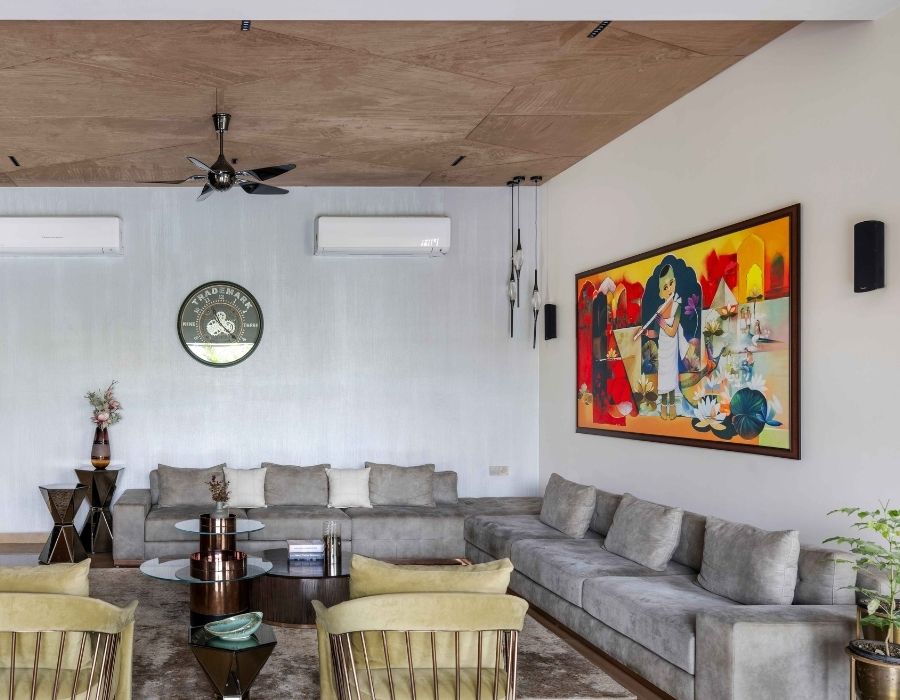
In the evolving world of interior design, the intersection of sustainability and luxury is shaping a new paradigm. As discerning homeowners and designers seek to balance environmental responsibility with aesthetic appeal, sustainable practices are becoming a cornerstone of bespoke luxury furniture. By integrating eco-friendly materials and innovative processes at Home ETTU, this movement is redefining how we perceive sophistication in interiors. This article explores how sustainable luxury furniture is transforming the industry.
1. The Rise of Eco-Friendly Materials in Luxury Furniture
Luxury no longer implies excess; instead, it is defined by thoughtful design and responsible choices. Sustainable materials such as reclaimed wood, recycled metals, and organic fabrics are gaining prominence in bespoke furniture making. These materials not only reduce environmental impact but also bring unique textures and character to each piece. Beyond aesthetics, these materials emphasise the value of conscious consumption, allowing homeowners to enjoy luxury without compromising the planet’s resources.
2. Innovative Processes: Marrying Craftsmanship with Sustainability
The journey of creating sustainable luxury furniture goes beyond material selection. Artisans and designers are embracing innovative techniques that minimise waste and energy use. Processes like low-impact manufacturing, water-based finishes, and the use of renewable energy in production have become integral to modern furniture making. Additionally, bespoke craftsmanship plays a pivotal role in sustainability. Unlike mass-produced items, custom-made furniture is designed for durability and timeless appeal, reducing the need for frequent replacements. By focusing on quality over quantity, bespoke pieces align perfectly with the principles of sustainable luxury.
3. Green Interiors: The New Benchmark for Bespoke Design
Green interiors are rapidly becoming the hallmark of sophisticated living spaces. Sustainable luxury furniture integrates with this trend, offering homeowners the opportunity to create interiors that are stylish and eco-conscious. From statement pieces like dining tables crafted from salvaged wood to minimalist sofas upholstered in organic cotton, every element contributes to a greener home. By incorporating such pieces into their homes, individuals can achieve a harmonious blend of luxury and sustainability.
Conclusion:
The future of luxury furniture design lies in its ability to embrace sustainability without sacrificing sophistication. For those who seek elegance with a conscience, sustainable luxury furniture offers the perfect harmony of style and stewardship.